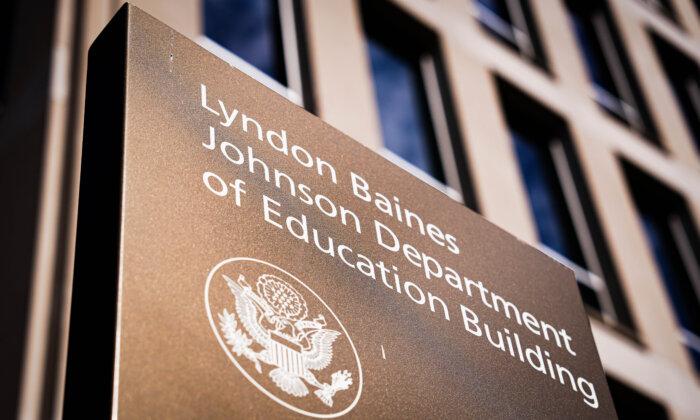The Biden administration on Friday published a state-by-state breakdown of the nearly 153,000 borrowers who will automatically have, collectively, their $1.2 billion in federal student loan debt wiped out.
For borrowers to be eligible for the latest round of student loan-debt cancellation, the borrowers must be enrolled in the new income-driven repayment (IDR) plan, dubbed SAVE; have been making repayments for at least 10 years; and have originally taken out $12,000 or less for college.
In addition, for every $1,000 borrowed above $12,000, a borrower can receive debt discharge after an additional year of repayments. All borrowers on SAVE receive forgiveness after 20 or 25 years, depending on whether they have loans for graduate school.
According to the Education Department, Texas has 14,510 borrowers receiving $116.6 million in student loan-debt relief. The second biggest discharge is offered to the 13,580 borrowers in California, at $114.8 million, followed by $105.4 million heading to the 12,790 borrowers in Florida.
Student-loan servicers should begin processing the cancellations by Friday, and borrowers will see the loan cancellation reflected on their accounts in the coming weeks, the Education Department said.
While borrowers who have been approved for the discharge will not need to take any further action, those who believe they meet the criteria for are “strongly encouraged” to immediately sign up for SAVE online.
“When we talk about fixing a broken student loan system, this is what we’re talking about,” U.S. Secretary of Education Miguel Cardona said in a statement, promising to continue to identify and discharge other borrowers enrolled in SAVE who are eligible for debt cancellation “on a regular basis.”
The announcement comes as President Joe Biden makes another push for a large-scale federal student loan debt cancellation after the U.S. Supreme Court blocked his initial $400 billion plan last summer. This second attempt is meant to provide debt “forgiveness” for as many borrowers as possible under the Education Department’s existing rulemaking authorities.
The Biden administration’s effort has drawn renewed criticism from Republican lawmakers, who argued that it is wrong to saddle taxpayers—especially those who had repaid their own loans or made other career choices—with other people’s debt.
“Biden is not ‘canceling’ student debt. He is taking debt from borrowers who willingly took it on and transferring it onto taxpayers who chose not to attend college or already paid off their loans,” Sen. Bill Cassidy (R-La.), the top Republican on the Senate’s Education Committee, wrote on X on Wednesday. “It is unfair and nothing to be proud of.”
Rep. Virginia Foxx (R-N.C.), who chairs the House’s education committee, echoed the argument, telling Americans to “not be fooled” by the so-called debt “forgiveness.”
“It means less money in the pockets of hardworking taxpayers, more debt, and a continuing decline of an already failing student loan system,” she warned in a statement on Wednesday.
The congresswoman also took issue with the Biden administration’s priorities, saying that the president could have focused on tackling the “root causes” of the student loan crisis.
The new, streamlined FAFSA form was not available until the end of December 2023, when it is typically released in October. On top of the nearly three-month delay, the form came with persistent technical glitches that caused much frustrations for students and their families.
State governments, which also rely on FAFSA data to award grants, are adjusting their own timelines because of the federal delays. At least three states—Maryland, Mississippi, and Tennessee—have so far extended their deadlines for state financial aid applications.







